China rising from the ashes of the rule of Mao Zedong has shaken the world order, and how the world has reacted and will react to that rise in the decades to come will shape humanity’s future in so many ways. China’s rise has very little to do with those standing front and center on the stage in China, and everything to do with the masses toiling tirelessly in the shadows below.
China’s top decision-making body is the Political Bureau of the Communist Party, headed by Xi Jinping. Among his many titles as China’s paramount leader, Xi became both General Secretary of the Central Committee of the Communist Party of China and Chairman of the Central Military Commission in November of 2012. The Chinese Communist Party, or CCP, is founded on the teachings and writings of Karl Marx. Xi has made a point of emphasizing that fact since becoming paramount leader. Here Xi, standing front and center directly beneath Marx’s portrait, dressed like the rest of the members of the Political Bureau in the garb of a Western corporate executive, pay homage to Marx on the 200th anniversary of his birth in Germany.

China’s economic growth over the last 40 plus years on a relative basis has been a source of envy to many nations throughout the world. Despite this growth, the CCP has not yet been able to grow the economy to the point where on a per capita basis China’s Gross Domestic Product reaches the world average. After over 70 years of CCP rule and 40 years of steady growth, China’s per capita GDP is $16,842.00, a little lower than Mexico’s $18,656.00 and Iraq’s $16,935.00, and a little above the Dominican Republic’s $16,064.00 and Serbia’s $15,432.00.
One of the chief financial hubs of China is in the city of Shanghai. The city has certainly seen a dramatic change in its skyline since former paramount leader Deng Xiaoping loosened the CCP’s direct control of the economy in the late 1970’s.
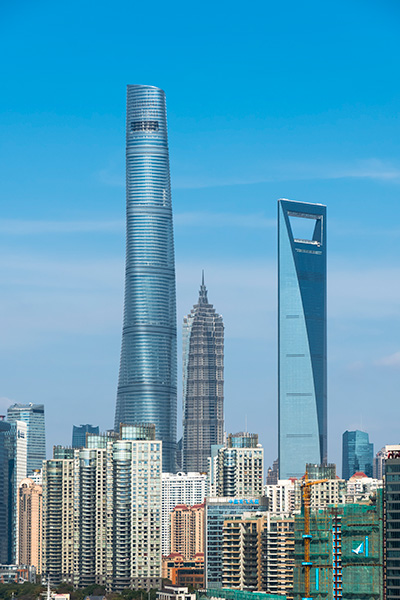
These three buildings, from left to right, the Shanghai Tower completed in 2014, the Jin Mao Tower completed in 1999, and the Shanghai World Financial Center completed in 2008, dominate Shanghai’s business district and present the image of economic might and competency. The three buildings were designed by Gensler, headquartered in San Francisco, California; Skidmore, Owings, & Merrill, headquartered in Chicago, Illinois; and Kohn Pederson Fox, headquartered in New York, New York, respectively. The largest of the three, the Shanghai Tower, opened in 2015 as the second tallest building in the world, and as late as 2018 was reportedly only about 50% occupied.
As with virtually every Marxist country that has professed to be a workers paradise, a dictatorship of the proletariat, Communist China has slowly devolved into a Cult of Personality under Xi, with the Supreme Leader demanding more and more direct involvement in all decision making, and obeisance.
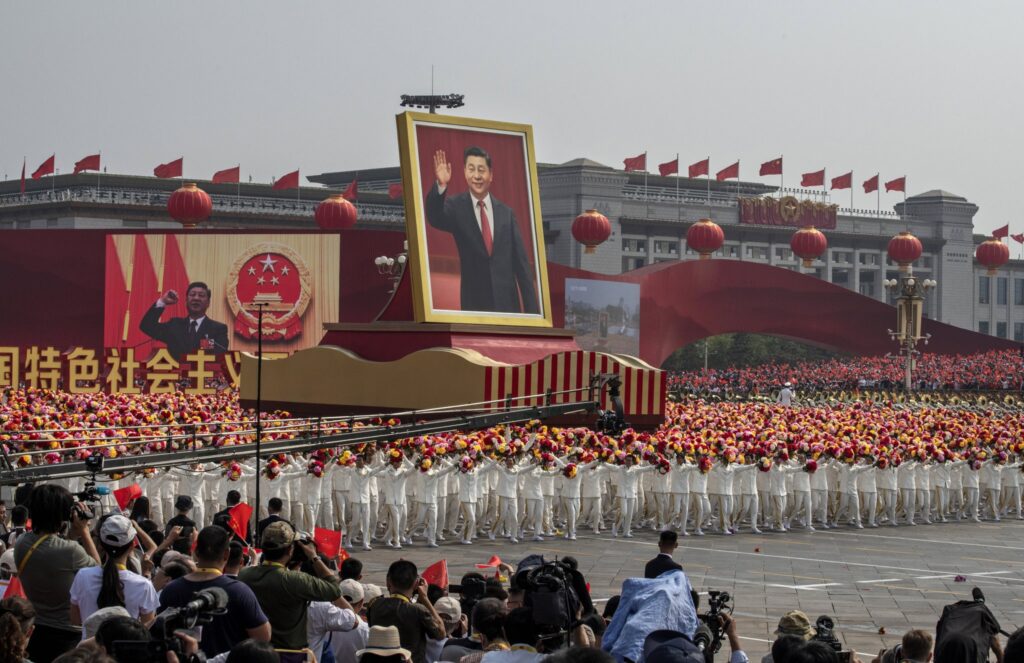
Just as Xi has accumulated titles, and consolidated power, he has made sure that his own image is front and center in the minds of the Chinese people. For Xi, it is very important that the masses esteem him as the source from which they derive their daily bread.
Xi, as a learned and devout Marxist, not only sees himself as the source from which China’s economic rise springs, but he also sees himself as an all-important military leader for the Chinese people.
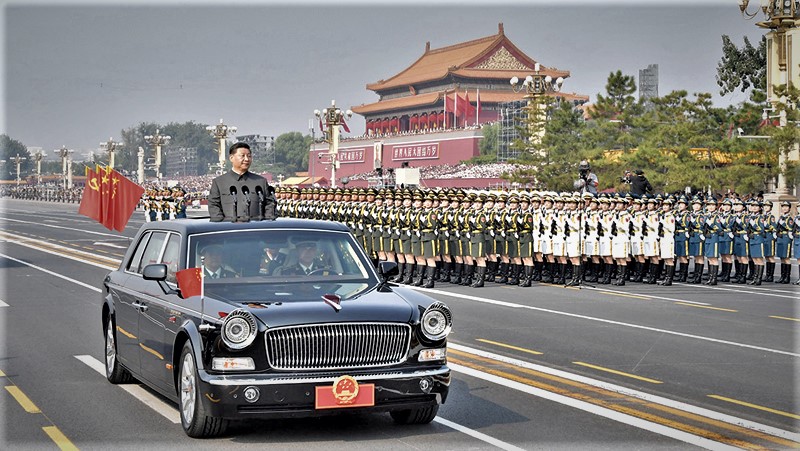
Here Xi rides in stately procession while inspecting People’s Liberation Army troops, with no fewer than four large microphones prominently positioned to catch his every word.
The People’s Liberation Army, or PLA, is well schooled in synchronized marching with angry faces, and Marxist doctrine, but perhaps not so well schooled in critical thinking, personal responsibility, and initiative, qualities indispensable in modern warfare.
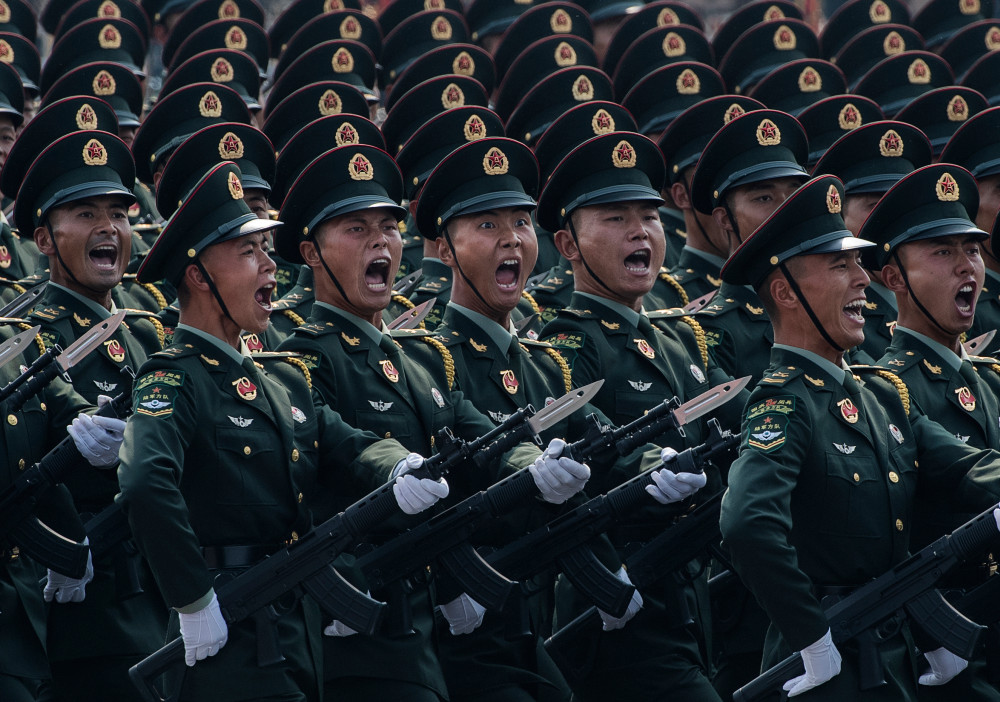
The soldiers of the PLA pledge their allegiance and loyalty not to the Chinese people, or the People’s Republic of China, or even each other, but instead pledge their allegiance and loyalty to the Chinese Communist Party. The PLA has not seen any extensive combat against a foreign force since a border war with Communist Vietnam in 1998.
The pride of the People’s Liberation Army Navy, or PLAN, is China’s first aircraft carrier, the Liaoning, which became fully operational sometime in the last five years.
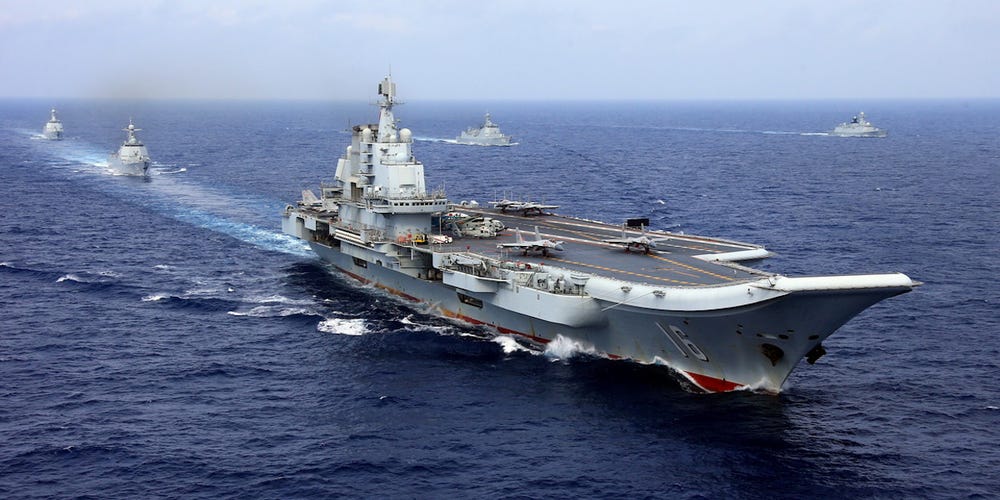
The carrier was built on the hull of a ship originally built in 1985 as a Soviet aircraft carrier. After the dissolution of the USSR in 1991 the carrier, which was about two thirds compete, was put up for sale by the Ukraine. The CCP purchased the ship in 1998 and had it towed to China. After extensive retrofitting by the PLAN, the Liaoning entered into service. A second PLAN aircraft carrier, the indigenous Shandong, was brought into service in late 2019. Neither aircraft carrier has any combat experience, and the PLAN has had virtually no combat experience against foreign adversaries since a brief skirmish with Communist Vietnam in 1988.
The pride of the People’s Liberation Army Air Force, or PLAAF, is the Chengdu J-20, the “Mighty Dragon,” purportedly a fifth-generation jet fighter, as is the F-22 Raptor of the United States.
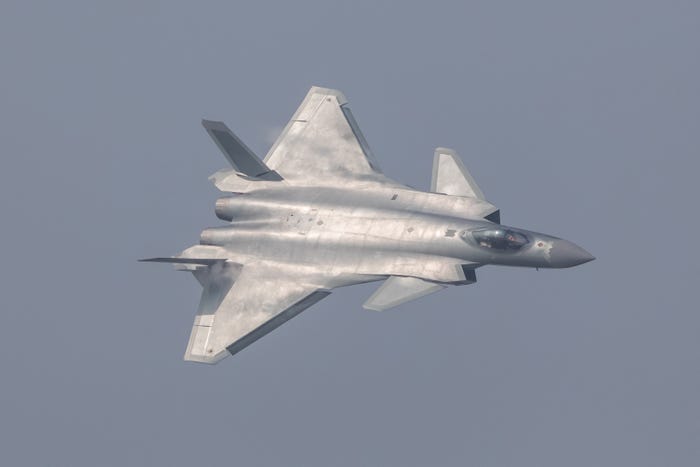
Like most weapons the CCP is developing for its military, there is considerable uncertainty about the performance of the J-20, especially the engines. The CCP has in the past purchased their fighter jets from the Soviet Union, and then Russia. The main stumbling block for the CCP in developing their own indigenous fighter jets is the difficulty in manufacturing jet engines powerful, reliable, and efficient enough to trust in their planes. By far the most numerous fighter jet in the PLAAF’s arsenal is the Chengdu J-7, a licensed variant of the Russian Mig-21, the same fighter jet that formed the backbone of Saddam Hussein’s Iraqi Air Force. Like the PLAAF in general, the J-20 has little real combat experience.
Another source of great pride and a propaganda tool of the CCP is the Chinese National Basketball team. Unlike the PLA, PLAN, or PLAAF, the CCP’s National Basketball team has been tested in competition against foreign teams.
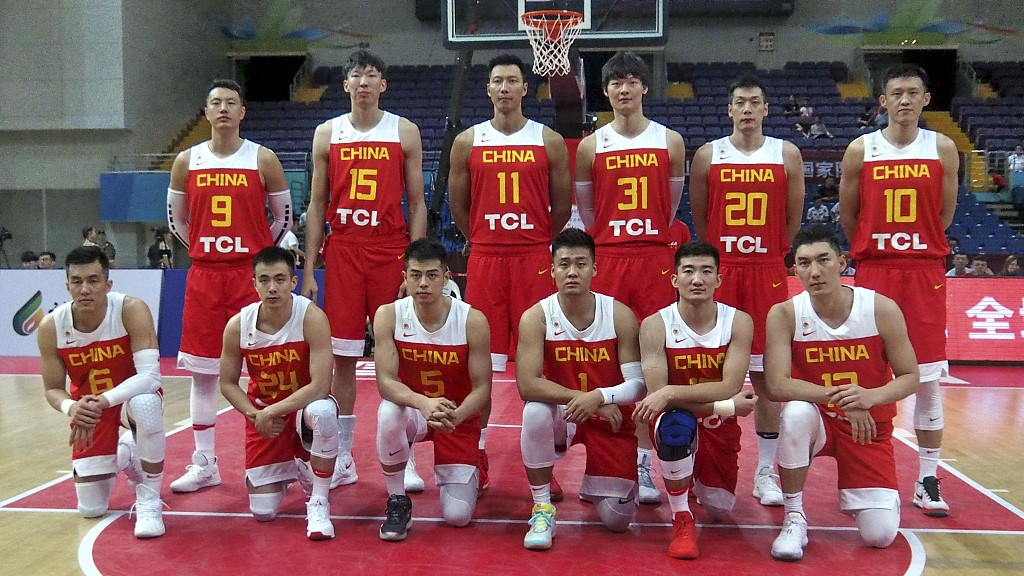
Although the Chinese team is exceptionally tall, has decent shooters, and look the part in their Nike designed uniforms pictured above, the team itself is underwhelming. An estimated 300 million Chinese citizens, out of 1.4 billion, play basketball, but the Chinese National Team regularly loses to national teams from countries with total populations of less than 50 million. In the most recent FIBA World Cup Tournament in 2019, played before home crowds in Beijing, the Chinese National Basketball team lost to Poland (79-76) and Venezuela (72-59).
The real source of China’s rise, and of whatever real wealth the country generates, is not the men pictured above, but men, and women, like the men pictured below. These men and women are distinctly different from those paraded as symbols of national pride by the Chinese Communist Party, these men and women are the workers, a large proportion of which are rural migrants to the coastal cities, who toil in the shadows in China’s factories.
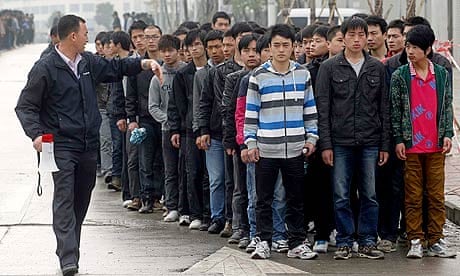
The men pictured above were purportedly seeking work in a Foxconn factory that assemblies Apple products in China. Workers like these are essentially rented out by the CCP to foreign companies at bargain rates. Foxconn is a Taiwanese company that manufactures electronics on a contract basis. Foxconn has dozens of factories in China with hundreds of thousands of Chinese workers who work up to 12 hours a day, 6 days a week. Reliable salary figures are hard to come by but many Foxconn factory workers are reported to make a little over $300.00 a month. The majority of Apple’s iPhones are assembled at Foxconn factories in China. Foxconn also manufactures products for Amazon. Access to workers like these, who lack the right to unionize or other protections and benefits afforded workers in other countries, is why so many corporations are so accommodating to the CCP. To be clear, these workers are diligent, hardworking, and reliable. These workers have all the attributes any employer would want in a worker to do such work, but the CCP assures these workers have almost a total inability to demand fair compensation for their labors.
The problem that the CPP has, and indirectly all those throughout the world who depend on the inexpensive consumer products made in Chinese factories have, is that the source of China’s rise, the seemingly inexhaustible pool of workers who fill the factories, is slowly drying up, and will continue to dry up into the foreseeable future. In many cases these factories are managed by foreigners and manufacturing products designed by foreigners. The Chinese workers who assemble the consumer products found in so many homes world wide are not an ever renewable resource to be mined. The chart below gives a glimpse of the problem.
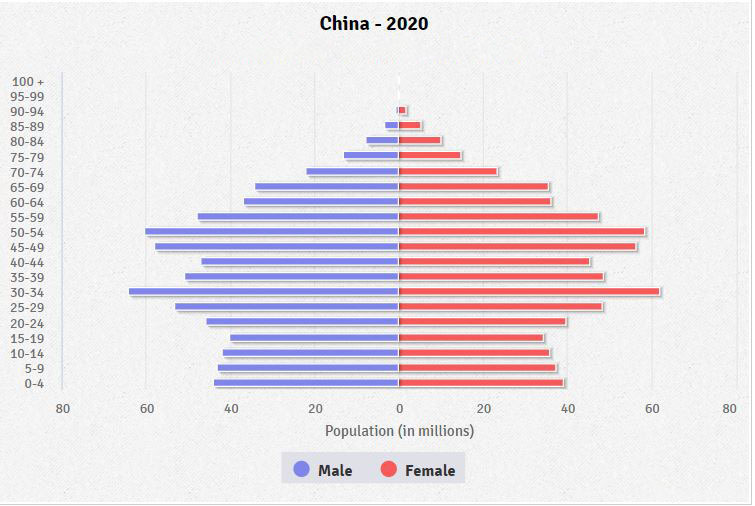
As can easily be seen above, older workers are not being replaced by younger workers. Xi stands on the apex of a pyramid in which Chinese factory workers are the base. The world is in for a reckoning. So much of our material prosperity is predicated on a business model which grinds to dust tens of millions, if not hundreds of millions, of our fellow human beings. How this situation is resolved in the decades to come will effect not just those on the factory floors of China, but all of us. The world has made a deal with the CCP and the consequences of that deal are far from certain. Dark clouds are on the horizon.
” So that not only this our craft is in danger to be set at nought; but also that the temple of the great goddess Diana should be despised, and her magnificence should be destroyed, whom all Asia and the world worshippeth.” Acts 19:27.